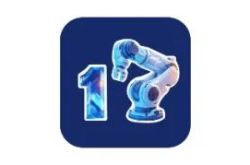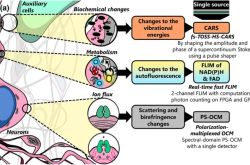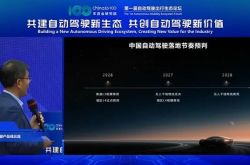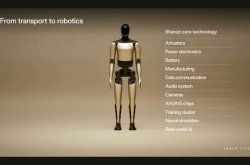Huawei and Tesla Set for a 2026 Clash
![]() 11/10 2025
11/10 2025
![]() 511
511
Priced just shy of 290,000 yuan, the Model Y Long Range Rear-Wheel Drive version, officially launched on November 8, boasts over 800 kilometers of pure electric range, a 5.6-second acceleration time, and an immediate 5-year, zero-interest financing plan upon release. This move unmistakably signals Tesla's ambition to ramp up sales.
Just a day prior, Tesla granted Elon Musk a compensation package worth approximately $1 trillion, contingent on his achieving an ambitious target: 20 million Tesla vehicles sold, 10 million FSD subscriptions, and an $8.5 trillion market capitalization. The realization of the first two goals heavily hinges on the Chinese market.
At Tesla's Annual Shareholder Meeting on November 7, Musk, while discussing the progress of FSD, announced that the upcoming FSD V14.3 version will pave the way for truly end-to-end autonomous driving, eliminating the need for human intervention. "FSD has received partial approval in China and is expected to gain full approval in the first quarter of 2026," he stated. This marks the most significant advancement since FSD's entry into the Chinese market in March this year.

Furthermore, the autonomous driving taxi Cybercab, based on a pure vision solution, is anticipated to enter mass production in the second quarter of next year. Meanwhile, at the First Autonomous Driving Mobility Ecosystem Forum, Li Wenguang, President of Huawei's Intelligent Driving Product Line, forecasted the pace of autonomous driving implementation in China: By 2026, L3 autonomous driving will be commercially available on highways, and L4 autonomous driving will undergo pilot commercialization in urban areas.
Whether it's the promotion of L2 assisted driving or the pilot and commercialization of L4 autonomous driving, 2026 promises to be a pivotal year for a showdown between Huawei and Tesla.
L3 Delayed, Yet Huawei Maintains a Significant Lead
Li Wenguang highlighted in his speech that the installation volume of Huawei's ADS intelligent driving system has exceeded one million. According to third-party statistics, from January to September this year, Huawei's ADS system led the urban assisted driving market with 452,000 installations, accounting for a 27.8% share, ranking first. In the luxury car market priced above 350,000 yuan, Huawei's ADS system ranked first with 259,000 sales and a 52.7% share, clearly establishing its stronghold in the high-end market.
When comparing urban intelligent driving, Huawei's penetration in the Chinese market far surpasses Tesla's global data. At the recent third-quarter shareholder meeting, Musk disclosed for the first time that FSD's paid conversion rate stands at 12%. He expressed dissatisfaction with this figure, noting there is significant room for improvement. Referring to Musk's goals set at the shareholder meeting: 20 million new vehicles and 10 million FSD subscriptions, this translates to an FSD penetration rate of 50%.
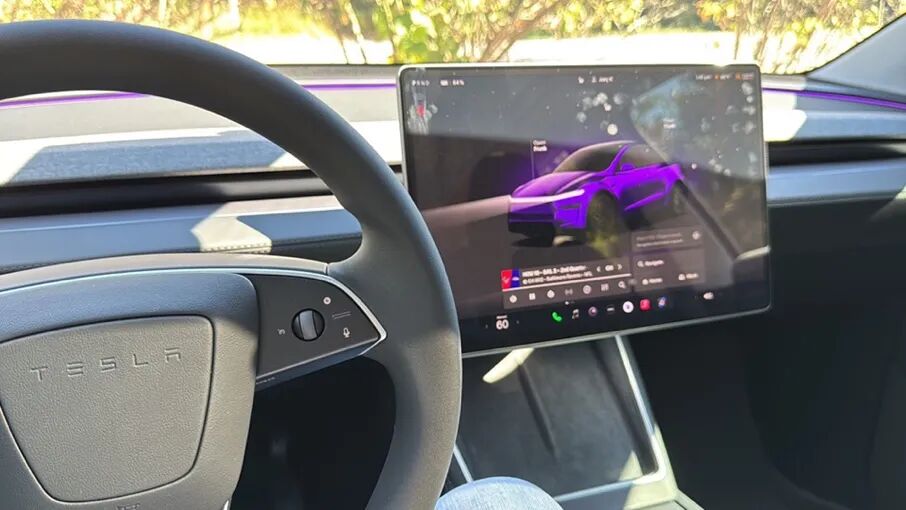
Given that the latest FSD V14 software version only supports models equipped with HW4 hardware, Tesla will develop a dedicated V14 Lite (lightweight) version for owners of vehicles with HW3 hardware, akin to Huawei's ADS SE version.
The rationale is straightforward: to rapidly increase FSD subscriptions, Tesla must cater to the millions of existing older vehicles. Coupled with Musk's statement that FSD is expected to receive full approval in China, this implies that approximately 2 million Tesla owners in China can also upgrade to the FSD V14 version.
Since October this year, FSD V14 has commenced wider distribution to HW4 users; the FSD V14.1.3 version has been rolled out to employees and a select group of users. FSD V14 continues to strengthen its 'end-to-end' architecture, minimizing intermediate modular processing and human intervention rules from visual perception to decision-making. Most importantly, it has proven effective in real-world testing.

In October, Chi Linchun, Vice President of Shenzhen Yinwang Intelligent Technology Co., Ltd., revealed in a public speech that Huawei's ADS 5 version of the ADS intelligent driving system is under development, with an estimated investment of approximately 10 billion yuan. Shortly before that, Huawei began rolling out ADS 4 to users on a large scale. Previously, Jin Yuzhi, CEO of Huawei's Intelligent Automotive Solution BU, publicly stated that ADS 4 would have the pilot commercialization capability for highway L3 and urban L4 testing by 2025.
Now, it appears that the optimistic expectation of achieving L3 autonomous driving as early as September this year will likely be postponed until 2026. On the other hand, Tesla is also gearing up for L3. Musk described FSD V14.3 as reaching a level where "one can almost sleep and wake up at the destination"... Behind this statement, which would be heavily criticized as 'misleading' in China, lies Musk's subtle alignment with L3.
Can Tesla Be Outmaneuvered Using Its Own Strategy?
With FSD V14 making breakthrough progress in the United States, the technical route of autonomous driving in China has begun to waver. Mainstream autonomous driving players have started collectively 'rethinking' their technical routes.
Lang Xianpeng stated in an interview, "It's impossible to defeat Huawei using Huawei's own approach." Therefore, automakers must proactively develop next-generation technologies. Consequently, Li Auto chose to transition to an 'end-to-end' approach in 2025 and then actively selected the VLA (Vision-Language-Action) route this year.
Jin Yuzhi commented that while VLA may seem like a clever approach, it cannot truly lead to autonomous driving. "Huawei adopts the WA (World-Action) scheme, eliminating the language processing step and directly controlling the vehicle through multimodal information such as vision, sound, and touch. Although more challenging, this is the true path to autonomous driving," he explained.
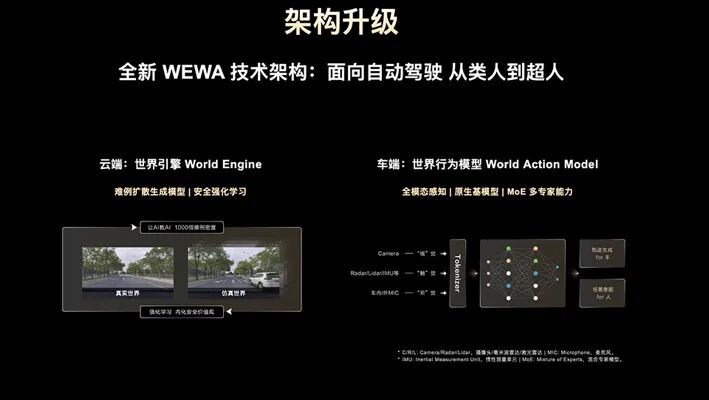
In April this year, Huawei's ADS launched the WEWA architecture for L3/L4 autonomous driving, announcing a 50% reduction in end-to-end latency, a 20% increase in traffic efficiency, and a 70% reduction in heavy braking rates, transforming the driving experience from 'human-like' to 'superhuman.' ADS 4 is precisely built on this new WEWA architecture.
If Huawei cannot be outmaneuvered using its own approach, can Tesla be outmaneuvered using Tesla's approach? If FSD fully enters China next year, this will be a question faced by all automakers and Huawei... and some players have already taken the lead in providing answers.

XPENG officially announced its second-generation VLA and the first mass-produced large model for the physical world at its recent Tech Day, eliminating the language translation step and achieving end-to-end direct generation of action commands. Lang Xianpeng, Senior Vice President of Autonomous Driving R&D at Li Auto, stated in a recent interview that Tesla's model architecture is "highly consistent with the philosophy" of Li Auto's VLA, and that Tesla's 'end-to-end' approach also includes a language module.
In summary, when few can truly comprehend the entire technical stack of Tesla's autonomous driving, gradually aligning with it or partially conforming is the safest approach. There has even been a discourse in the public opinion arena stating, "WM, VLA, and others are essentially end-to-end, differing only in details and paths." Overnight, the once 'diverse' technical routes for autonomous driving have collectively shifted.
Huawei's world model demands enormous cloud computing power. Huawei has publicly disclosed that its ADS cloud computing power reaches 45 EFLOPS. At the shareholder meeting, Musk stated that the current production capacities of TSMC and Samsung cannot meet Tesla's needs, considering building its own 'super foundry' to exclusively produce Tesla's self-developed AI chips, including AI5 and AI6. These chips will drive its autonomous driving technology, AI software, and Optimus humanoid robots. He described the AI5 chip as "overwhelmingly superior to competitors" in terms of energy efficiency.

In conclusion, both Huawei and Tesla have made thorough preparations for the upcoming competition, whether at the software or hardware level of autonomous driving.
In the third quarter of this year, Tesla's net profit plummeted by 29%, falling prey to the curse of selling more but earning less. Musk stated at the earnings conference that, in addition to the core business of selling cars, profits will need to be generated through software and services in the future. Once FSD fully enters China, its biggest hurdle will be the subscription fee, which is as high as 64,000 yuan. However, considering the mandate to achieve a 50% FSD penetration rate, owners can anticipate FSD lowering its threshold through price reductions or subscription models.

